It’s just over 10 months since The Grocer launched a campaign to persuade retailers to Switch the Lights and make the leap from traditional bulbs to LED lighting.
By doing so they would be making an eco-friendly change and saving themselves bundles of cash. It’s a win-win situation. And by any standards, the change in the LED market since the campaign was launched has been extraordinary.
The Carbon Trust estimates the use of LED lighting by all business across the UK, including retailers, has soared by 30%. When it comes to retail specifically, the pace of change has been even faster, it claims, saying more than half of the market may have switched to LED already.
The BRC estimates that by 2020 as much as 80% of all retail space, including food, fashion, home and electrical, will be lit by LED lights.
So why has the transformation towards LED been so dramatic? And how has The Grocer’s Switch the Lights campaign helped?
Sustainability veterans know only too well that even the most environmentally significant idea is liable to crash and burn unless it finds favour with the accounts department as a potential cost saver for a business. And the energy costs for retailers don’t get any bigger than lighting.
Lighting: the retailer’s biggest energy cost
10 reasons to Switch the Lights to LED
The campaign launch feature delivered a host of numbers that proved the advantages of LED lighting over traditional alternatives. Some 43% of a retailer’s electricity bill goes on lighting, for example. LED would slash that by at least 50% - and that’s a conservative estimate, say the Carbon Trust. Even a 25% reduction would see retailers save a collective £13.2bn over five years. It also pointed out the strides made in LED quality in recent years, both in terms of brightness and longevity.
The infographic in this feature showed off the massive effect that the UK switching to LED could have on electricity consumption, not least the fact that it would mean that we didn’t have to build the equivalent of three new nuclear power stations.
Our campaign exclusively revealed findings from a major BRC survey, subsequently published in full in March this year, which showed that lighting accounted for 43% of overall energy consumption among retailers - with the annual spend estimated at a massive £1.2bn. To put that in context, that’s more than half the total electricity bill (which accounts for 80% of spend vs 20% on gas). The report also predicted that the overall annual energy bill for retailers would soar to £6.9bn by 2020 due to rising energy costs unless they took action. And they have. A list of high-profile backers, including the likes of Sainsbury’s, Tesco, Iceland, Costa Coffee, Waitrose and John Lewis, lined up to support our campaign, with The Grocer highlighting their case studies showing cost savings typically between 10% and 50% compared with conventional lighting.
“One of the greatest barriers to the adoption of cost-effective energy efficiency measures is a lack of awareness that the opportunity exists,” says Paul Huggins, associate director at the Carbon Trust.
“By putting a spotlight on the potential savings that retailers could make through adopting LED technology, The Grocer has doubtless contributed to increasing levels of investment into a technology that comes with a very convincing business case.”
The campaign
The Grocer launched the campaign on 15 November with a series of features and news stories. It was also promoted on Twitter and Facebook. Industry response was immediately positive.
Over the 10 months of the campaign we examined in great detail the business case for LED, the dramatic savings on offer, and the plethora of schemes launched by a variety of stakeholders - from the government to the LED manufacturing industry - to enable anyone looking to switch the lights to get over the initial hurdle of upfront investment.
We also looked at the advantages of LED in lighting up both fashion and fresh produce; the use of LED in growing strawberries; and the colourful history of LED, from Nazis to Nobel prizes. In all, The Grocer ran 15 in depth features on all aspects of LED lighting, all of which were well received by the retail industry.
Marks & Spencer was one of those enthused by the Switch the Lights campaign.
Figures from the Carbon Trust show that LED sales are flying while traditional bulbs are slumping
The numbers tell the story. According to Paul Huggins at the Carbon Trust, since 2013 LED sales have been climbing steadily as the world realises how effective they are compared to traditional lighting by any metric used to measure them. In the last year alone, while The Grocer ran its Switch The Lights campaign, LED sales to retailers increased by 30% and now account for half the commercial lighting market.
“Switch the Lights is a great example of responsible journalism,” says Munish Datta, head of Plan A facilities management at Marks & Spencer. “I would like to congratulate The Grocer on shining the light on so many case studies of retailers making the switch. It’s been fantastic and we’ve been proud to support it.”
M&S’ pledge to retrofit 100 of its Simply Food stores with LED by April was one of those featured in the campaign. It went on to beat the target, switching 120 and also 38 of its warehouses, plus making LED standard for all its new food stores.
“I think we soon will need to stop talking about LED like it’s a brand new innovation. It’s becoming the norm,” says Datta.
And it wasn’t just the supermarkets getting involved.
“LED lighting is the fourth most popular form of investment in c-stores, with 15% of those making any investment doing so to improve store lighting,” says ACS chairman James Lowman.”
And RH Amar switched to LED at its High Wycombe HQ after being “inspired” by the campaign. It also plans to do the same in its warehouses next year.
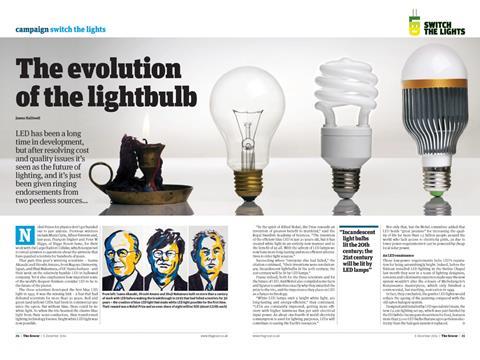
New trends
The cost of LED lighting technology has also fallen fast over the last few months, as supply and demand forces have come into play.
“Whilst an average LED unit cost £125 last year, this year’s equivalent has plummeted to about £110,” says Huggins. “That’s a 12% reduction and the cost differential between LED and conventional lighting has continued to diminish and is now about 10% - possibly negligible when volume pricing and total cost of ownership is factored in.”
Yet some believe, while the financial argument was a “no-brainer”, the future potential of LED in other areas is only just beginning. “The potential for LED is truly enormous,” says Datta. “We are only just beginning to realise the impact it could have on other areas like quality of the workplace, customer experience and, ultimately, increased sales.”
Datta believes it will be “months not years” before retailers begin the next phase in the evolution of LED.
This might include mass take-up of futuristic Wifi-controlled lighting units, which will give previously unheard of flexibility over in-store lighting displays - as suitable for upmarket non-food areas as the supermarket aisle - and able to react to the latest consumer trends. The Grocer campaign revealed how trendy high street fashion stores were now taking a lead from more humdrum retailers in switching to LED, with John Lewis for one declaring that it “outperformed conventional lighting at just about every level”.
Technology
LED is also seen by industry experts as the potential launching pad for a new phase in in-store technology able to link with customers’ smartphones to provide personalised advertising opportunities.
Money Talks
Business talks a good game when it comes to sustainability, but even getting the green light for a green project means satisfying the bean counters. Fortunately, even accountants smile down on LED because there is no mistaking the financial advantage. A big hurdle used to be upfront cost, but Switch the Lights walked retailers through the many options available, including ones that effectively install LED for free.
“I have never seen anything evolve at the speed with which LED has,” says Andrew Bolitho, energy, property, planning and transport policy adviser at the British Retail Consortium.
“It’s no longer just the energy cost savings from LED that companies are looking at. Demand is coming from designers and the retail side of the businesses because they see the ability to create bespoke design display with low cost.”
Although Bolitho points out that there are now “many more drivers” behind LED take-up than environmental, the campaign also brought home the environmental case for change. Another landmark report in Switch the Lights revealed that if everyone in the UK turned to LED, it would equate to the energy savings needed for the country not to have to build three more nuclear power stations - a topical point given the ongoing delays to the Hinkley Point nuclear power station.
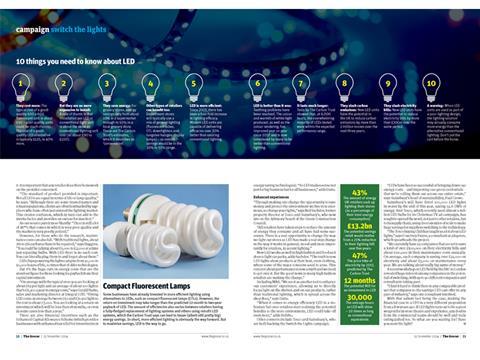
Catch up
Crucially, the major suppliers of lighting technology also see the writing on the wall. With manufacturing giants such as Philips and Siemens signalling their intent to phase out conventional lighting within as little as five years, Huggins from the Carbon Trust says it is only a matter of time before the remaining retailers yet to make the switch are forced to catch up.
“In the past 12 months, LED lighting has cemented itself as the best solution,” he says. “Looking ahead, retail business executives will find it impossible to argue the business case for conventional lighting as the financial savings from using good-quality LED lighting will be impossible to beat.”
Since 15 November 2014, The Grocer has laid out a clear case for the adoption of LED. It showed how upfront costs can be met by a range of options. It showed off the very healthy savings that can be made when it comes to utility bills. And it showed how LED can boost sales on the shop floor.
There are no drawbacks, just compelling reasons to win. So if you haven’t made the switch yet, what’s been keeping you?







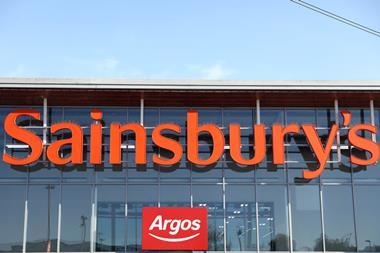
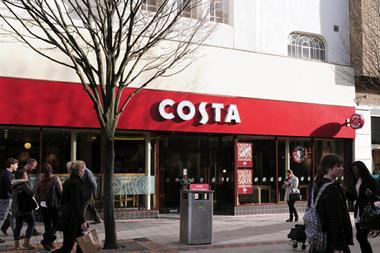
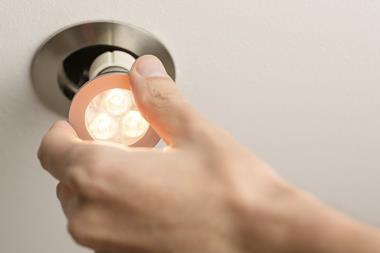
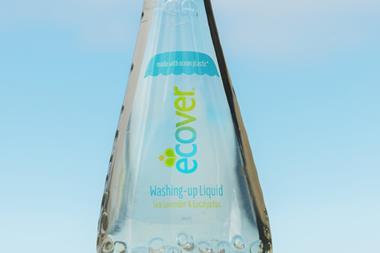

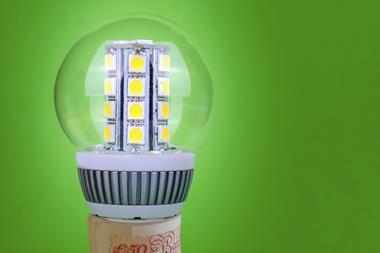






No comments yet